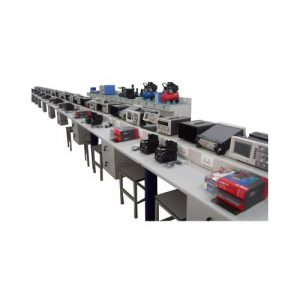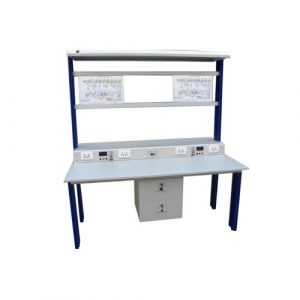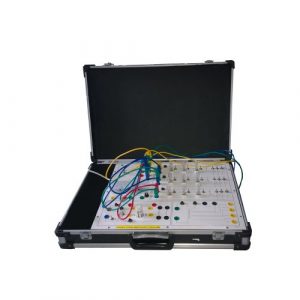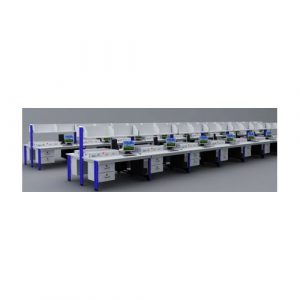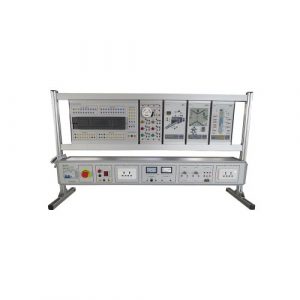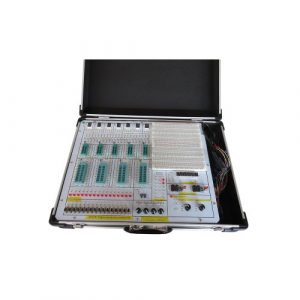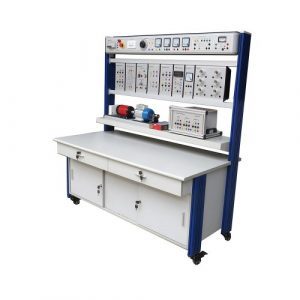- Description
- Inquiry
ZE3328 Single-phase capacitor motor Vocational Training Equipment Electrical Lab Equipment
1.Product overview
Overview
Single-phase motors generally refer to low-power single-phase asynchronous motors powered by single-phase AC power (AC220V). This type of motor usually has two-phase windings on the stator, and the rotor is a common squirrel cage type. It is suitable for teaching and skill training assessment of related majors in higher vocational schools, vocational schools, secondary vocational schools and technical schools.
2.Performance parameters
(1) Input power supply: single-phase AC220V
(2) Power: 0.75KW
(3) Weight: 5kg
3.Principle
When a single-phase sinusoidal current passes through the stator winding, the motor will generate an alternating magnetic field. The strength and direction of the magnetic field change sinusoidally with time, but the spatial orientation is fixed, so it is also called the alternating magnetic field. pulsating magnetic field. This alternating pulsating magnetic field can be decomposed into two rotating magnetic fields with the same rotation speed and opposite rotation directions. When the rotor is stationary, the two rotating magnetic fields generate two torques in the rotor of equal magnitude and opposite directions, so that the combined The torque is zero, so the motor cannot spin. When we use external force to rotate the motor in a certain direction (such as clockwise rotation), the cutting magnetic field line between the rotor and the rotating magnetic field in the clockwise rotating direction becomes smaller; The motion of the cutting magnetic field lines becomes larger. In this way, the balance is broken, the total electromagnetic torque generated by the rotor will no longer be zero, and the rotor will rotate in the pushing direction.
To make the single-phase motor rotate automatically, we can add a starting winding to the stator. The starting winding and the main winding are 90 degrees apart in space. The phase difference is approximately 90 degrees, which is the so-called phase separation principle. In this way, two currents with a difference of 90 degrees in time pass into two windings with a difference of 90 degrees in space, which will generate a (two-phase) rotating magnetic field in space,
Under the action of this rotating magnetic field, the rotor can start automatically. After starting, when the rotational speed reaches a certain level, the starting winding is disconnected by means of a centrifugal switch or other automatic control device installed on the rotor, and only the main winding is in normal operation. Work. Therefore, the starting winding can be made into a short-time working mode. But in many cases, the starting winding is not disconnected. We call this motor a single-phase motor. To change the steering of this motor, just replace the terminals of the auxiliary winding.
In a single-phase motor, another method of generating a rotating magnetic field is called the shaded-pole method, also known as a single-phase shaded-pole motor. The stator of this kind of motor is made of salient pole type, with two poles and four poles. Each magnetic pole has a small slot at 1/3 to 1/4 of the entire pole surface, divide the magnetic pole into two parts, and put a short-circuit copper ring on the small part, as if covering this part of the magnetic pole, so It is called shaded pole motor. The single-phase winding is sleeved on the entire magnetic pole, and the coils of each pole are connected in series. When connecting, the polarities generated must be arranged in order of N, S, N, and S. When the stator winding is energized, the main magnetic flux is generated in the magnetic pole. According to Lenz’s law, the main magnetic flux passing through the short-circuit copper ring generates an induced current in the copper ring that lags 90 degrees in phase. The flux also lags behind the main magnetic flux in phase, and its function is equivalent to the starting winding of the capacitive motor, thereby generating a rotating magnetic field to make the motor rotate.



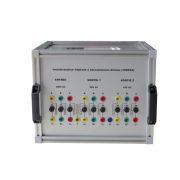
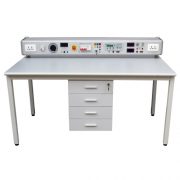
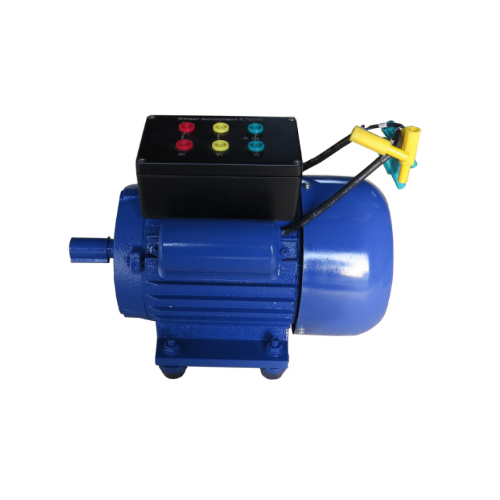
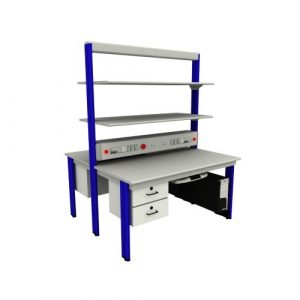
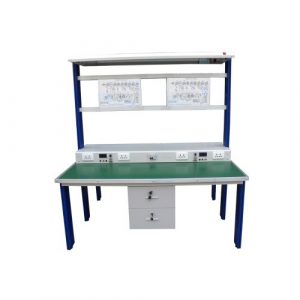
-300x300.jpg)
